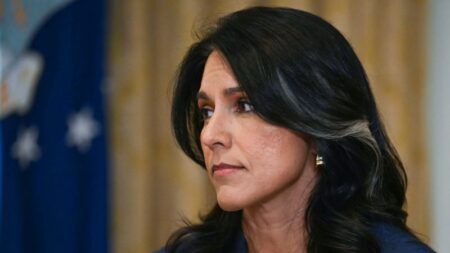The current state of migration across the English Channel remains a pressing issue, with a pivotal new agreement set to be announced shortly between the United Kingdom and France. Government officials in the UK are optimistic that this deal will mark a significant breakthrough in international cooperation aimed at managing the inflow of migrants arriving on small boats. This agreement, which involves French President Emmanuel Macron, is premised on an arrangement where France would accept the return of some individuals who have crossed into the UK illegally, while the UK would reciprocate by accepting a corresponding number of asylum claimants from France.
This arrangement, dubbed a “one-in-one-out” policy, is expected to more than just a simple exchange. While the initial scope might seem limited, with discussions suggesting around 50 migrants per week being subject to this program, it opens a new chapter in Franco-British relations with respect to handling migration challenges. Signs point to a mutual understanding of the urgent need to deter the criminal networks that facilitate these dangerous crossings, which have proven fatal for many migrants.
Interestingly, one of the central themes observed in the discourse around this agreement is the concept of deterrence. Labour leader Sir Keir Starmer has emphasized the necessity for a robust deterrent mechanism to disrupt the operations of human traffickers exploiting vulnerable individuals seeking refuge. While many see this upcoming agreement as a step in the right direction, critics have raised concerns that the modest numbers proposed may not provide the deterrent effect needed to diminish the current influx of migrants. Notably, some argue that the return of only 50 migrants weekly constitutes a mere fraction—around 5%—of those currently attempting the perilous journey across the Channel.
The concerns regarding effective deterrents in this arrangement underline the broader socio-political landscape within the UK. Previous attempts by the Conservative government to address similar challenges, including controversial proposals such as relocating asylum seekers to Rwanda, have not materialized as intended. These past strategies, however flawed, reflect a desperate need for concrete actions that will yield visible results in reducing the number of crossings.
Ultimately, whether this new approach proves successful hinges on observable changes in migration patterns. As officials prepare to unveil the specifics of this deal, both sides are acutely aware that a measurable reduction in crossings must occur to justify its implementation. The looming question remains: will the agreed-upon measures effectively discourage migrants from embarking on dangerous journeys? Failure to witness a drop in the number of individuals risking their safety across the Channel might lead to perceptions of the agreement as ineffective or even a complete failure.
In light of these ongoing dynamics, the United Kingdom’s treatment of asylum seekers and its bilateral relations with France hold substantial implications for both countries. As the agreement unfolds, it is vital for the UK government to monitor and assess the impact of these measures closely, ensuring that they adapt and respond effectively to the migration challenges that continue to evolve. The upcoming months will serve as a litmus test for this new policy, determining not just the success of this specific agreement, but also the future trajectory of UK immigration policy amidst a highly polarized political landscape.











